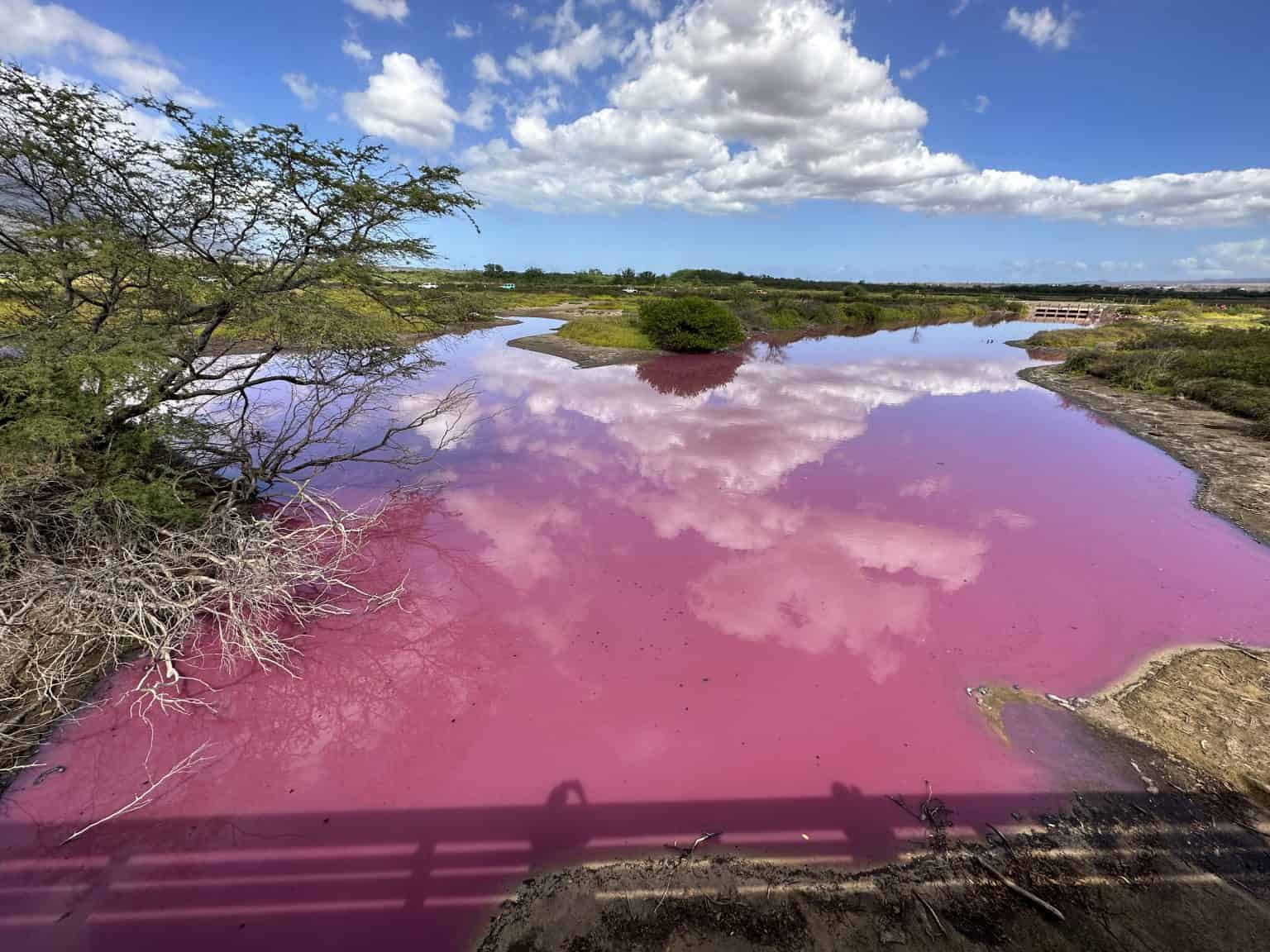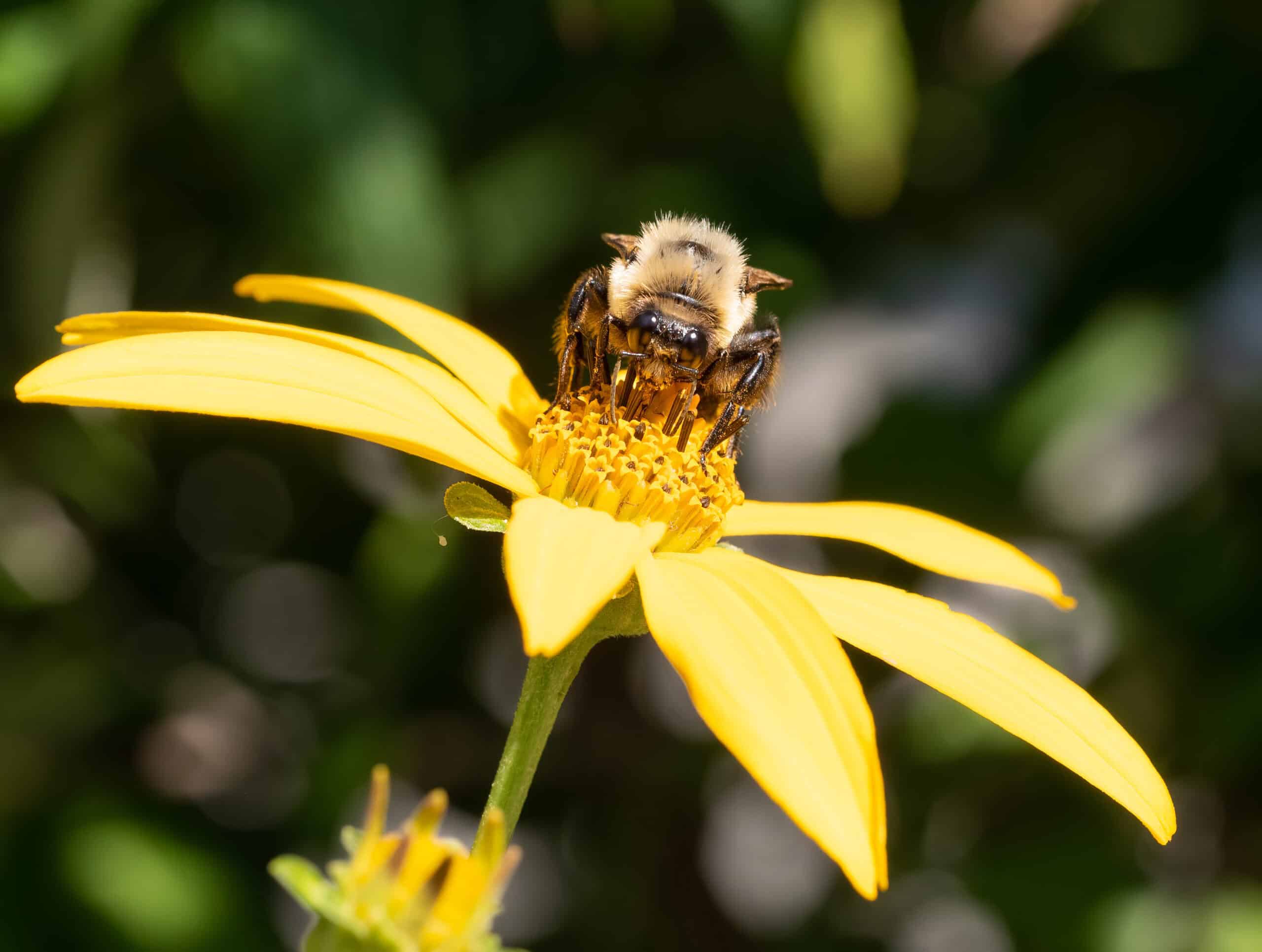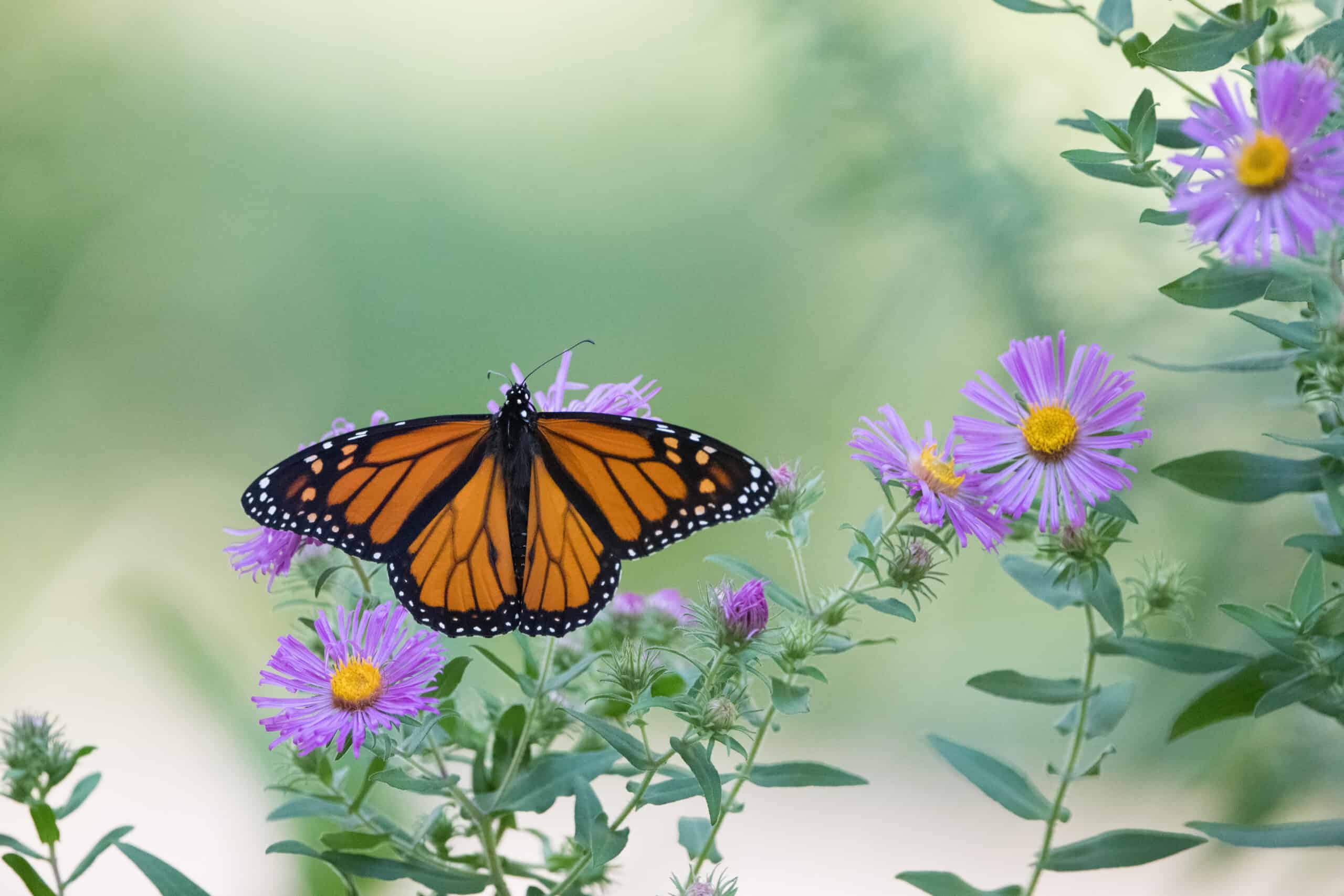Share this article
Wildlife Featured in this article
- Hawaiian stilt
- Hawaiian coot
What turned a Hawaiian wildlife refuge pond bright pink?
Biologists suspect drought contributed to the growth of bacteria that thrive in salty waters
A pond at a national wildlife refuge in Hawaii has turned bright pink, and biologists aren’t sure why.
Theories first centered on an algal bloom, but that doesn’t seem to be the culprit. Instead, it may be an organism called halobacteria, which thrives in salty water. The salinity at Kealia Pond National Wildlife Refuge on Maui is currently about twice the level of sea water, likely compounded by the island’s drought.
No on at the refuge—even volunteers who have been around for 70 years—have seen this happen before, the Associated Press reports.
The pink water doesn’t seem to be affecting the birds that occupy the refuge, including the endangered Hawaiian stilt, or ae‘o (Himantopus mexicanus knudseni), and the Hawaiian coot, or ‘alae ke‘oke‘o (Fulica alai).
But visitors have been drawn to the refuge to see the bubblegum-pink waters.
“We prefer that they come to hear about our mission conserving native and endangered waterbirds and our wetland restorations. But no, they’re here to see the pink water,” Bret Wolfe, the refuge manager, told the AP. But he understands the curiosity. “If that’s what gets them there, it’s OK,” he said. “It is neat.”
Header Image: Biologists suspect halobacteria may be responsible for bright pink waters at Kealia Pond National Wildlife Refuge on Maui. Credit: John Starmer/Maui Nui Marine Resource Council








